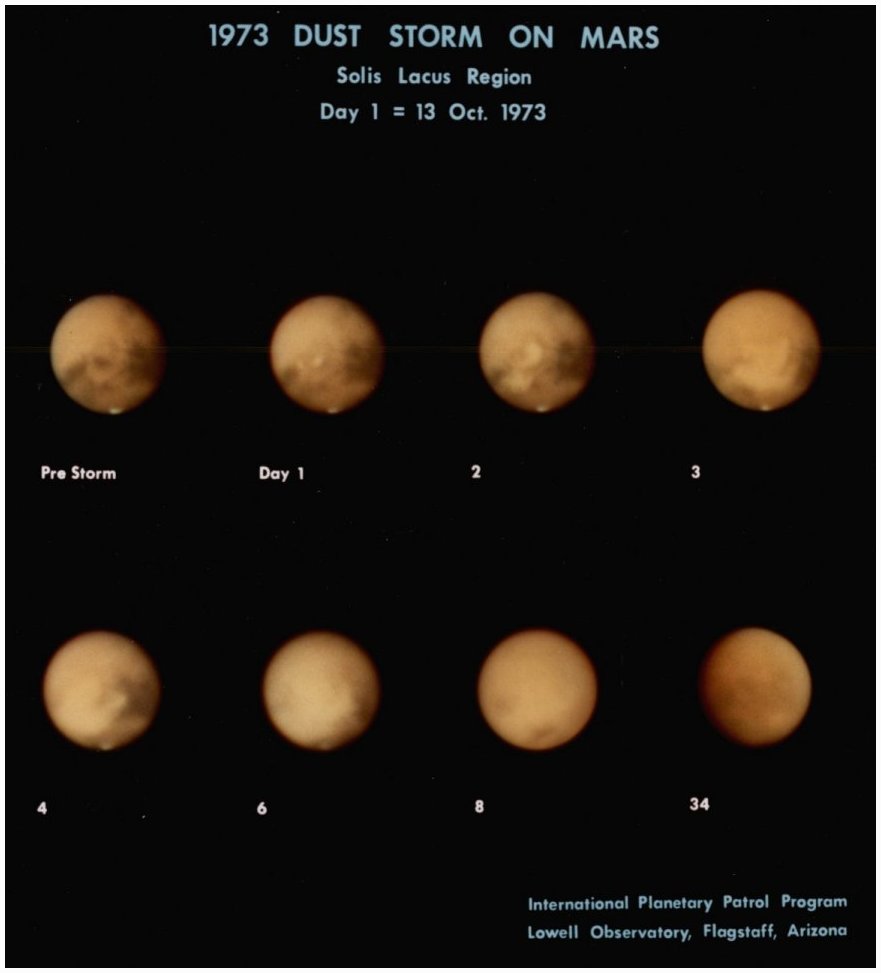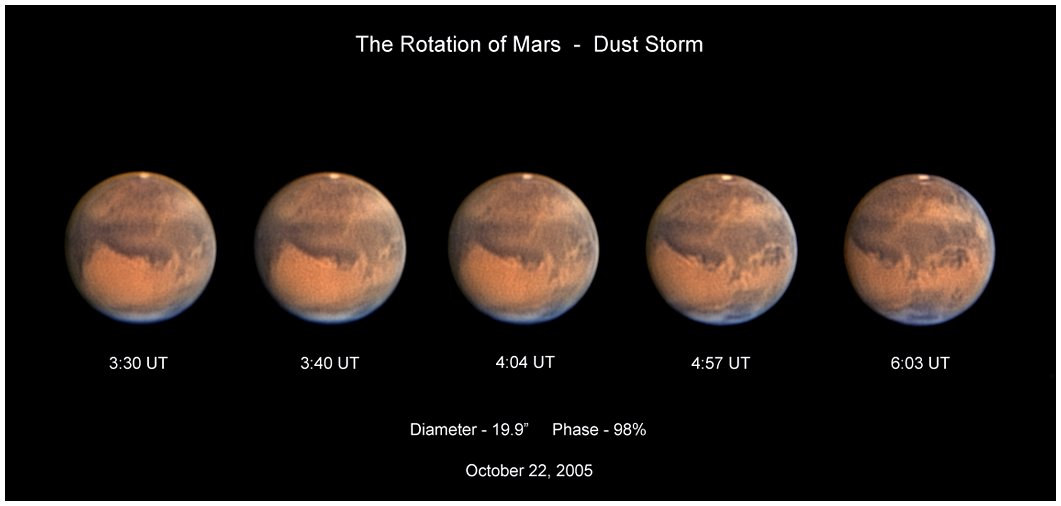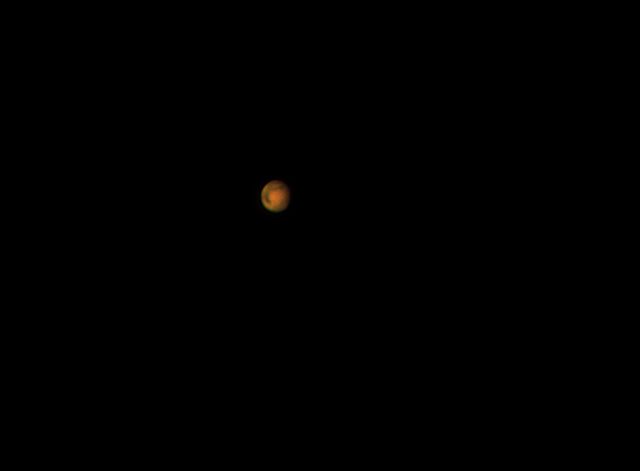Have you ever looked back in your “draft” file and said “wow that is a good blog”…”I wonder why I didn’t publish it?” So the blog below was actually written in 2015 but never published. Being a “meddlesome soul” I added some comments to it to explore the topic further.
I was reading a review of the Orion Starshoot IV planetary camera and needing low cost camera asked for it for Christmas. Couldn’t believe how small it was compared to my early planetary camera. It does a pretty good job of imaging the moon and bright planets. The images shown on the web page at Orion are magnificent. It is obvious though that the average person buying one of these cameras, expects to take it out of the box and 2 minutes later get beautiful pictures to show the friends and family. If only that were true!
My experience with that camera was a bit more complicated than just putting it on and pointing to the planet to be imaged. On Ebay many years ago I bought a cheap flip mirror to use for imaging. With today’s more accurate mounts it is not as important but it is helpful if your alignment is off a little. In my old modified webcam instructions I used when I first went into imaging, it said to use a 12mm eyepiece in the flip mirror system to simulate the field of view of the camera. So when you centered the object in the eypiece and flipped the mirror up it would be centered in the camera. The 12mm never worked out so well. Eventually a 6mm Astro-tech planetary eyepiece was used and is still used to this day. You also have to make sure you have a good finder scope that is spot on so you don’t spend an hour trying to get the image on the chip. Then comes the focusing. You need to get the camera focused first then try and slide the eyepiece up and down to reach focus. It always seemed like I needed an extension tube but never had the right size!
A few years ago I purchased a ZWO 120MC color camera. This is an excellent, low cost, camera from China and the software is fairly idiot proof. The larger chip size makes it easy to get the image on the chip especially compared to the old webcam or security cameras we used to use. So all the above rigmarole is much less important but I still use the flip mirror system! Imaging planets is getting easier but there is still a steep learning curve for the average amateur.
So when you read the reviews, especially the bad reviews, it is obvious that people do not expect to have issues with focusing, settings, guiding or just finding the object to be imaged. The Starshoot IV camera is touted as simple and easy to use. This is true to a point. It is easy for someone who has been imaging 10+ years. It is can be hard for the average Joe with a small scope and wants to get into to imaging! I learned to image because I was interested in the scientific side of astronomy. This is a demanding area but not as demanding as getting quality color images! In fact with some setups you want the images to be slightly out of focus! This makes getting accurate photometry a much simpler proposition in some cases. In turn the images generated for science purposes often are not very impressive.
Several astronomy imaging friends turn out images that make most of the past work at Lowell Observatory look pathetic! The major attribute for imaging in color is “If at first you don’t succeed, try, try again” and again and again!
Below is a comparison of several images taken with modern digital cameras and telescopes, then comparing it to old images of Mars with the 24″ Lowell refractor on film.




